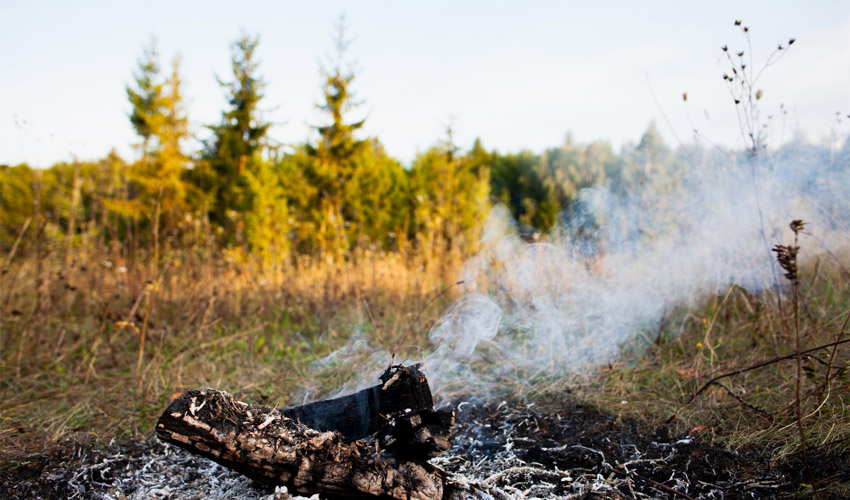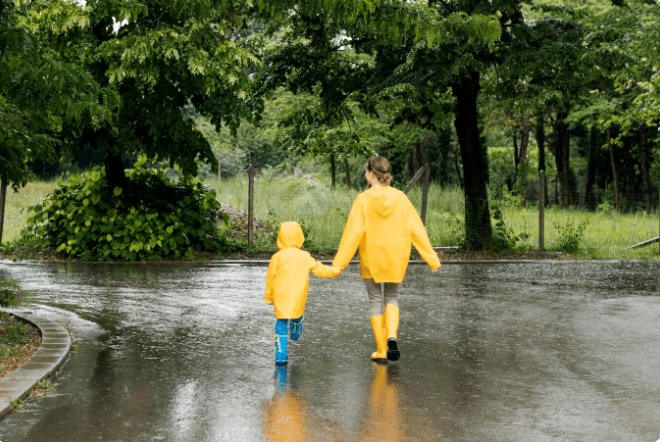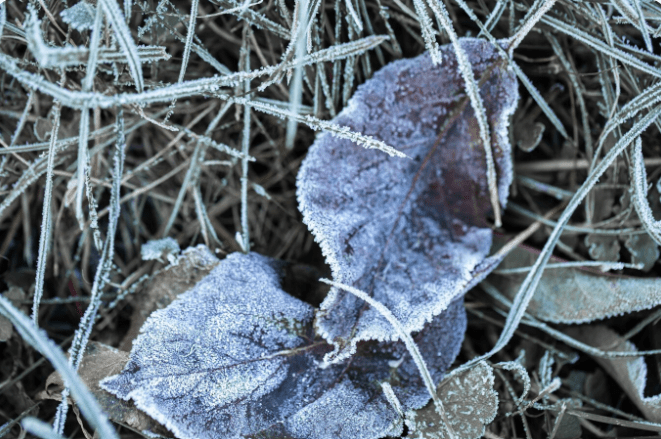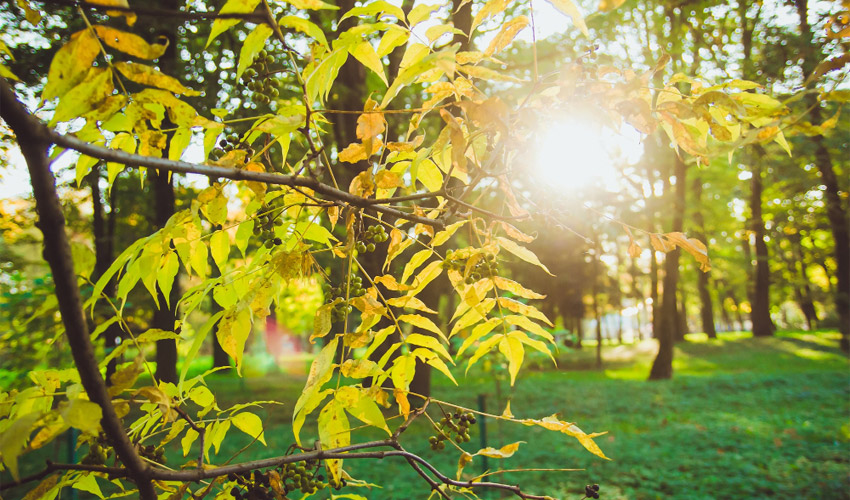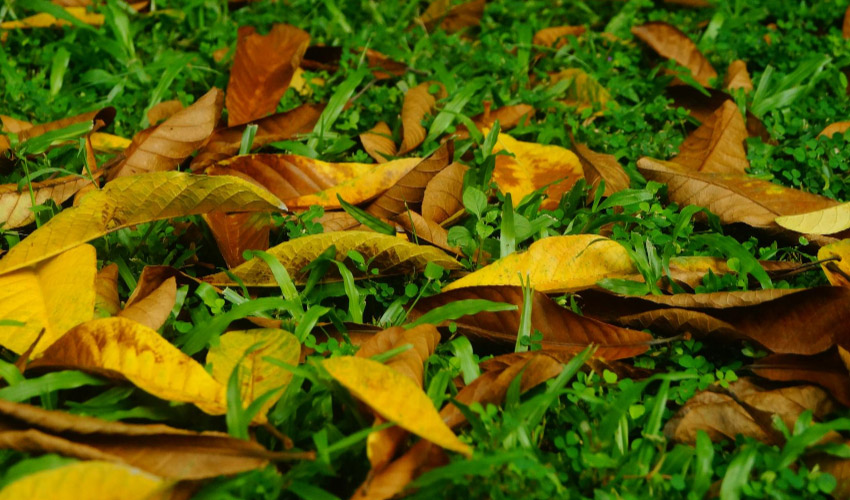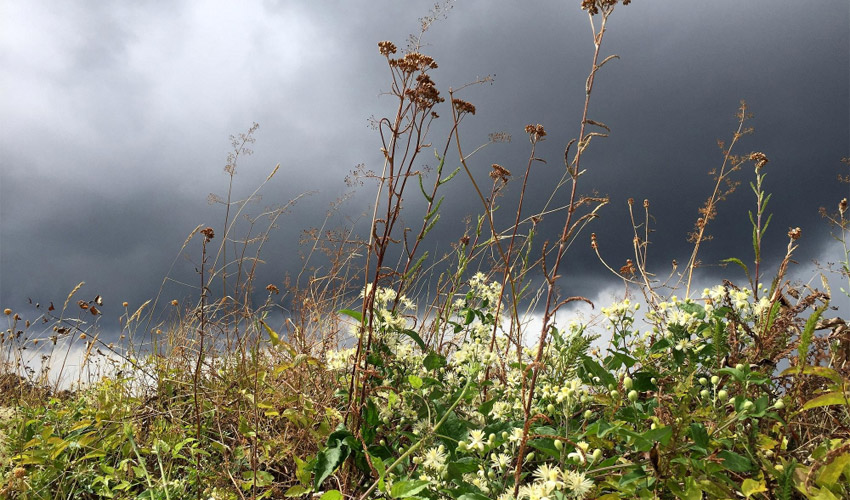Smoke/Wildfires are not only destructive but also life-threatening. Beyond the flames that can devastate landscapes, the smoke and ash they generate can also affect your garden. This often leaves homeowners and gardeners asking: What does wildfire smoke mean for my yard?
When fires sweep through forests, grasslands, and neighborhoods, they release massive amounts of smoke that can linger in the air for days or even weeks. That smoke and ash can drift hundreds or even thousands of miles away from the source.
In this article, we’ll examine how wildfire smoke impacts plant health, assess whether your garden is at risk, and provide practical steps you can take to protect your plants from damage.
Table of Contents
ToggleWhat Are the Effects of Wildfire Smoke on Garden Plants?
Wildfire smoke carries fine particles and pollutants that block sunlight, limiting photosynthesis—the process plants rely on for growth. These particles can also settle on leaf surfaces, making it harder for plants to “breathe” effectively.
Over time, wildfire smoke can lead to stunted growth, reduced photosynthesis, and leaf damage caused by soot buildup. Moisture-loving plants such as ferns, hostas, and even perennials like lavender are especially sensitive to smoke exposure.
It’s not just delicate perennials at risk. Evergreen trees and shrubs, including cedar and juniper, can also experience smoke-related stress. This often shows up as browning needles and slowed growth, which can impact both the health and appearance of your landscape.
Protecting Your Garden from Wildfire Smoke
To save plants from smoke damage, here are some protective steps recommended by our expert gardeners:
Cover Plants with Fine Mesh
Lightweight, breathable mesh covers can shield plants from smoke particles while still allowing air circulation. This prevents soot from settling on leaves without restricting their growth.
Rinse Foliage Often
Gently hosing down leaves washes away smoke and soot that block photosynthesis. Regular rinsing helps plants recover faster. If available, use collected rainwater as it’s eco-friendly and conserves tap water.
Apply Mulch to Protect Soil
Adding mulch, like bark chips or straw, protects the soil from pollutants while locking in moisture. Mulch also supports a healthier soil ecosystem during stressful conditions.
Use Activated Charcoal in Soil
Activated charcoal amendments help absorb and neutralize toxins that may have settled into the soil. This allows plants to access cleaner nutrients and bounce back more quickly.
Set Up Drip Irrigation
A drip irrigation system provides steady hydration, which is especially important when the smoke dries out foliage faster than usual. Keeping plants consistently watered strengthens their resilience.
Balancing Protection with Eco-Friendly Gardening
Safeguarding your garden from wildfire smoke doesn’t have to come at the expense of sustainability. For eco-conscious gardeners, we suggest choosing biodegradable plant covers and environmentally friendly materials whenever possible. Select organic, biodegradable covers to reduce plastic waste, and use collected rainwater for rinsing plants. This not only conserves water but also helps naturally filter out pollutants.
When adding mulch or soil protection, look for options that support local biodiversity, such as sustainably sourced bark or straw. These choices not only shield your plants from smoke damage but also strengthen the surrounding ecosystem, promoting long-term environmental health.
Additional Tips for Garden Care During Fire Season
In addition to basic protective measures, a few extra steps can help keep your garden healthy when wildfire smoke lingers:
Relocate Shade-Loving Plants: If possible, move delicate, shade-loving plants to sheltered spots. This minimizes their direct exposure to smoke and helps reduce stress.
Prune Damaged Foliage: Trim away leaves that show signs of smoke damage. Removing weakened growth allows plants to focus their energy on recovery.
Boost with Organic Fertilizers: Feeding plants with organic fertilizers strengthens their root systems and enhances their overall resilience, allowing them to recover more quickly.
Can Wildfire Smoke Benefit Plants?
Surprisingly, wildfire smoke isn’t always harmful. Under certain conditions, it can actually help plants. For instance, smoke can act like a natural sunscreen, softening harsh sunlight during heat waves. This filtered light reduces the risk of sunburn in plants that are sensitive to intense, direct exposure.
Smoke may also play a role in plant reproduction. Research shows that chemicals in smoke, often called smoke compounds, can stimulate seed germination in species such as Australian eucalyptus, aloe, and protea. Many native plants in fire-prone regions have even adapted to rely on fire or smoke as a signal to begin new growth.
Should You Be Concerned About Your Plants?
For most gardens, wildfire smoke doesn’t cause permanent damage, especially when the exposure is short-lived. That said, lingering smoke over several days or weeks can slow growth and place extra stress on plants.
The encouraging news is that plants are remarkably resilient. With a little extra care, such as rinsing off ash, keeping soil consistently watered, and paying attention to air quality, your garden can bounce back and continue to thrive. So, while it’s wise to monitor your garden during fire season, there’s no need to panic. With the right precautions, your plants will stay healthy and strong.

